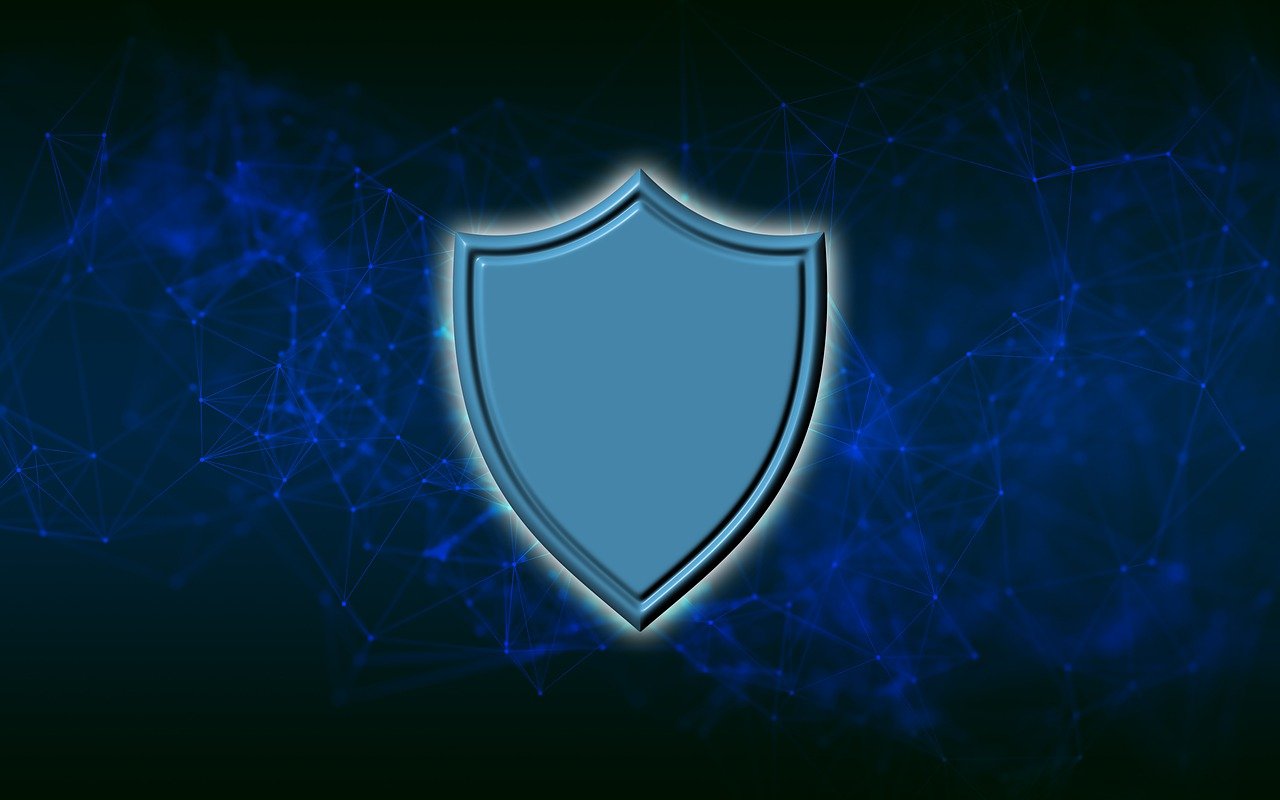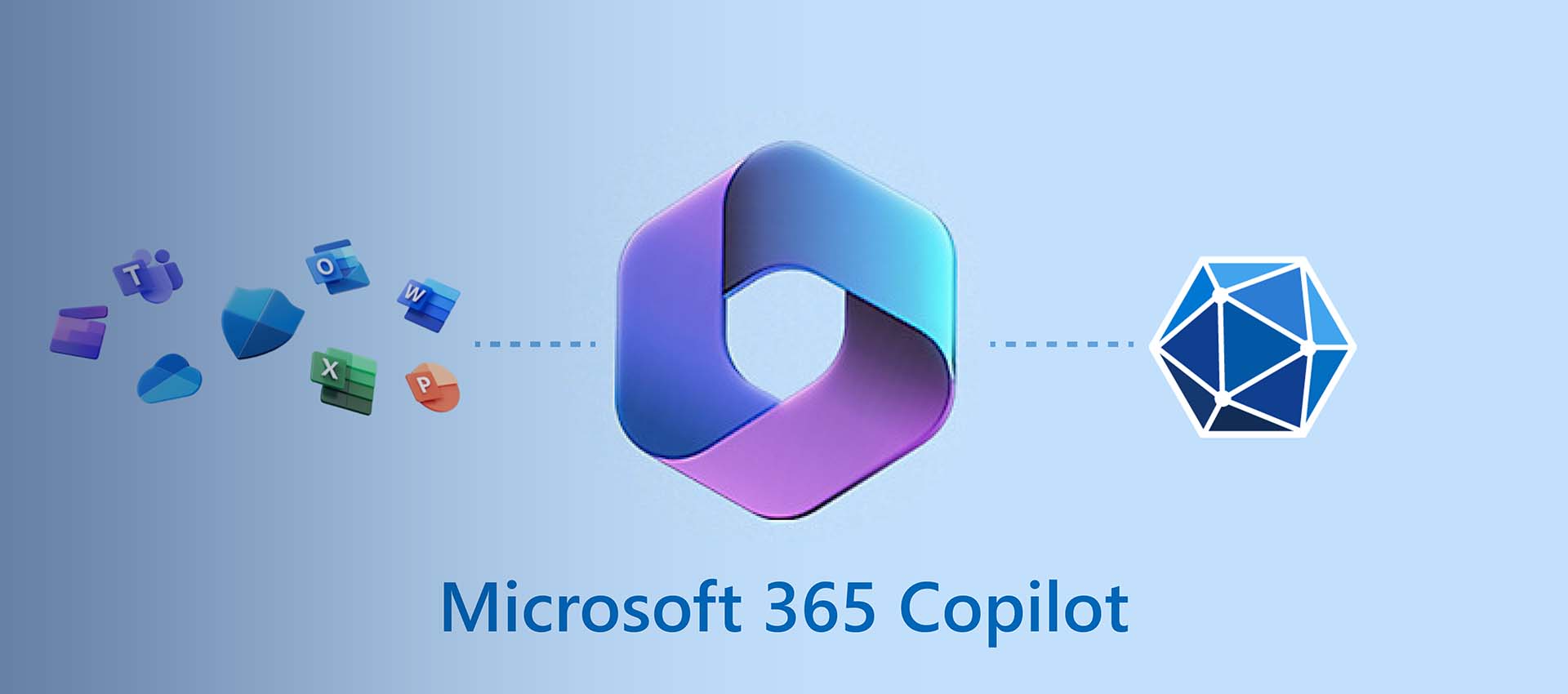A single cybersecurity incident can cost your SMB anywhere between $826 and $653,587 which is quite a significant financial burden for a small business like you, isn’t it?
In today’s competitive market, small businesses are increasingly becoming targets for cyberattacks. While large businesses often make headlines for data breaches, small businesses are equally at risk, if not more so.
Why Are Small Businesses At Risk Of Cyberattacks?
It’s a popular misconception that cybercriminals are going to attack only giant businesses. But the scene is quite different from what you think. Reports suggest an estimated 90% of cyber security breaches worldwide occur in small businesses. That’s scary!
Unlike large corporations with dedicated security teams and resources, SMBs operate on a leaner infrastructure. While it is beneficial for adaptability and cost, it creates a critical vulnerability in terms of security. Tighter funding, IT resource crunch, and lack of expertise make growing businesses a prime target for cybercriminals to steal valuable data, disrupt operations, and extort money.
Understanding the biggest cyber security threats is the first step toward building a strong security framework for your business. Here, we explore the top 5 threats and provide actionable advice on how to protect yourself:
Threat #1: Phishing and Social Engineering
Ever gotten an email from your bank that seems super urgent? Maybe it says your account is in danger and you need to click a link right away to fix it. That is what we call a phishing scam.
Phishing attacks trick users into revealing sensitive information or clicking malicious links by sending emails that appear to be from legitimate sources like banks, vendors, or even colleagues.
Surveys suggest that 96% of phishing attacks use email. In 2020 alone, there were over 241,000 successful phishing attacks in the United States that tricked users into sharing their passwords and personal information.
And when we talk about social engineering it’s a broader term that involves multiple such tactics to manipulate victims into compromising security. For example, cybercriminals might call you, pretending to be your bank or govt official asking you to share some valuable information such as login details, credit card numbers, and more. This kind of trickery is called social engineering.
As a small business, you might have smaller teams and less strict security, they can be a bigger target for these sneaky attacks. So, you need to be careful about clicking on any email or link.
How To Keep Your Business Secure From Phishing And Social Engineering?
Stopping phishing attacks isn’t easy, and there’s no one-size-fits-all solution. These attacks prey on human vulnerabilities, using fear and uncertainty to trick users. However, there are essential practices to help prevent them.
Employee Awareness:
Begin with educating your employees on how to identify these attempts by highlighting red flags like email addresses with misspellings or unusual domains, grammatical errors, a sense of urgency, and unexpected attachments. Explain the risk of clicking on unknown links or attachments. Also, you should provide clear guidance on how to report suspicious emails to the IT department or management (in case you are a startup with no dedicated team)
Use Email Security:
Put in place Email Authentication methods such as Sender Policy Framework (SPF) to prevent spoofed emails from appearing legitimate. These tools verify the authorized senders for a specific domain, while DKIM digitally signs emails to confirm their authenticity.
Multi-factor authentication (MFA):
Multi-factor authentication is a vital tool against phishing. Steve Dispensa, VP of Product Management for Microsoft Intune, stresses its importance, saying MFA cuts out over 99% of identity-based attacks. With MFA, users verify their identity using multiple factors like a password and biometric check. It means that even if a password is stolen, attackers can’t access the account as it adds a layer of security with a second step beyond the password.
Threat #2: Malware
Malware, short for malicious software, poses a significant risk to small businesses. They are tiny, harmful programs created to intrude into your systems, steal data, or even hold your information hostage. That’s the reality of malware.
The ever-evolving nature of malware adds another layer of complexity. Malware comes in many shapes and sizes, but its goal is to damage valuable data from your business. It can take many forms, including:
Viruses are self-replicating programs that attach to legitimate files and spread throughout your system.
Worms are like viruses that exploit network vulnerabilities to spread from computer to computer without a user to activate them.
Trojan horses are disguised as legitimate software to trick users into installing them. Once installed, they can steal data, install other malware, or disrupt operations.
Spyware steals sensitive information like passwords, credit card numbers, or browsing history.
Steps to Take To Protect Your Business From Malware?
Update Early, Update Often:
Outdated software often contains security issues that hackers can exploit. Install updates for your operating systems and applications as soon as they become available.
Regular Scans:
Frequent scanning is the key to protection against malware. Schedule regular scans to detect and remove any malware that might have slipped past the initial defenses.
Firewalls:
A firewall acts as a gatekeeper, filtering incoming and outgoing traffic on your network. It can help block malicious traffic from entering your network and protect your systems from external threats.
Web Filtering:
Implement web filtering software to restrict access to malicious websites known to spread malware.
Threat #3: Ransomware
Ransomware is a growing threat to small businesses due to the valuable data they hold. It is a malicious software program that encrypts the data, making it inaccessible. Then, attackers ask for a ransom payment in exchange for the decryption key.
How To Detect Ransomware Emails And Keep Your Business Secure?
Check the Sender’s Address:
Always, be cautious of emails from unknown addresses. Always check for misspellings or odd characters. Generally, legitimate companies use their domain name in their email addresses.
Beware of Generic Greetings:
Fake emails might use generic greetings like “Dear Customer” or “Dear Valued Member” instead of your name.
Suspicious Attachments and Links:
Don’t open attachments or click on links in uninvited emails. If you’re unsure about an attachment even from a known sender, contact them to confirm.
Urgency and Threats:
Check for a sense of urgency, ransomware emails may try to pressure you into acting quickly. For instance, offer is ending now, click now to avail of the offer.
Unrealistic Requests:
Honest emails never ask for sensitive information like password details via email.
Threat #4: Password Hacking
The most common password is “123456.”. Yes, it is. We hope you are not one of those keeping your passwords like that.
Passwords are like the keys to your data. But weak ones are easy to guess, allowing hackers in. Password hacking allows unauthorized access to accounts and data, causing notable damage.
On average, employees reuse passwords 13 times- making them easily picked by cyber attackers.
Best Practices To Avoid Weak Passwords
Strong Passwords:
Make passwords difficult to guess by mixing up uppercase and lowercase letters, numbers, and symbols. Think longer is better – aim for at least 12 characters.
Uniqueness is Key:
It is not advisable to use the same password for every application- not safe. Create a unique password for each account.
Password Manager:
Go for a password manager – it’s like a secure vault that remembers them all for you.
Double Lock with MFA:
Multi-factor authentication (MFA) acts as an extra lock on your door. Even if someone steals your password, they still need a code from your phone to get in.
By following these simple steps, you can make it much harder for hackers to steal your passwords and keep your business safe.
Threat #5: Insider Threats
An insider threat is a security risk originating from within an organization from current or former employees, contractors, or business partners having legitimate access to your company’s data. The cyber security threat can be intentional or unintentional. In any case, it harms the company’s confidential information, operations, or reputation.
How To Keep Your Business Protected From Insider Cyber Security Threats
Focus On Employee Awareness:
Train employees to identify phishing attempts, understand proper data handling procedures, and foster a culture of cybersecurity awareness.
Check Your Permissions:
Employees should only have access to the data and systems they need to perform their jobs. Regularly review and update access controls to ensure no one has unnecessary permissions.
Implement Strong Access Controls:
Multi-factor authentication makes it harder for unauthorized users, even those with stolen credentials, to gain access. Data Loss Prevention (DLP) tools can monitor and restrict the transfer of sensitive information.
Watchful Eyes:
Monitor user activity and network traffic for anomalies that help identify unusual access patterns or attempts to download large amounts of data.
Have Open Communication With Employees:
Encourage employees to report any suspicious activity they observe. An anonymous reporting hotline can provide a safe space for employees to voice concerns.
Remove Access Controls When Needed:
When employees leave the company, promptly deactivate their access to all systems and accounts that prevent them from accessing sensitive data after their employment ends.
How IT LAB Can Help You Fight Cyber Security Threats
Running a small business is difficult without worrying about cyberattacks. Malware, ransomware, and hacking attempts can cost you lost data, downtime, and even your reputation. IT LAB offers managed cybersecurity services, a powerful shield to protect your business without the hassle of managing complex security solutions yourself.
Here’s how IT LAB empowers your small business:
Security Checkup: We start with a thorough cybersecurity assessment of your IT systems, identifying any vulnerabilities that hackers might exploit.
Endpoint and Network Protection: We equip your devices and network with advanced security software like Endpoint Detection and Response (EDR). Therefore, you have a constant watch for suspicious activity and stopping cyber security threats before they strike.
Dedicated Security Team By Your Side: Get the expertise of a dedicated security team with our Managed Detection and Response (MDR) service. Utilize Security Operations Center (SOC) working for you, 24/7. Our team actively monitors your network, investigates suspicious activity, and responds to cyber security threats immediately.
The IT LAB Advantage
We have been supporting small businesses like yours from various industries for more than a decade. Our team of solution consultants has experience in designing a customized security plan that aligns with your specific needs and budget. Leveraging advanced cybersecurity solutions, we provide continuous monitoring and maintenance of your security systems round the clock.
Our managed security services are scalable to meet the evolving needs of your business cost-effectively without the need to build and maintain an in-house security team.
Contact us today and discuss how our managed cybersecurity services can protect your business from evolving cyber security threats.






